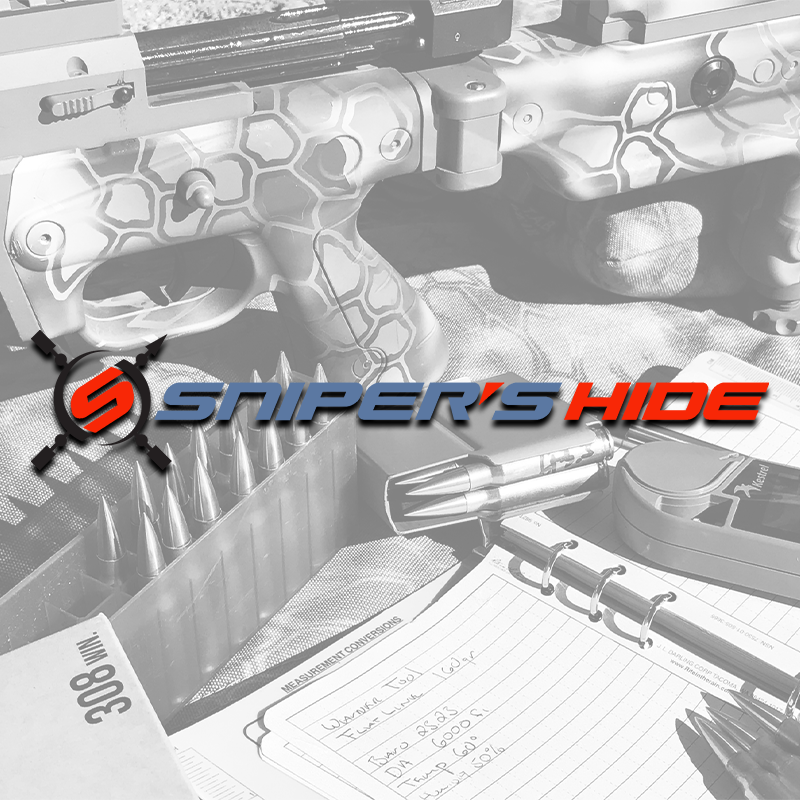Here's a trick you might find useful with that Hornady trickler you're using:
Get a large diameter clear drinking straw and cut 1" inch off. Press that 1" piece of straw onto the trickler tube ~1/4". This clear piece of straw makes it easy to see how many granules of powder are about to drop into your powder pan, making it easier to control. In addition, rather than setting the trickler flat on the surface, you my put a piece of folded paper under the front to give it a little tilt and reduce the flow coming out of the tricker's tube. Then, with all this, rather than turning the the tube to move the powder out, use your finder to tap (vibrate) the tube where you can actually control it dropping a single granule that you see coming to the end of the straw. This is the method that's worked really well when I'm using my manual tricker like yours.
Hmmm??? Are you loading 56grs like you said in your OP or is it 46 grs? If you're actually loading at 46 grs for an -06, the fill for those cases are too low. 56 grs sounds much better, especially as you've stated that you saw a published max at 58.2 grs.
Hmmm??? It doesn't sound like you found where the lands is, where you know how far off the lands you're at. If this 3.380 is right at the lands, as you suggest, then that's increasing your start pressure by quite a bit to where you're probably at or a little over pressure using 56 grs, which your chrono velocities suggest to me.
It's ok to be close to the lands, just be aware that an increase of start pressure can skew your velocity comparison to published load data. And as the throat erodes, that's going to cause the velocity do decrease sooner than you think.
With the info you're providing, that 2700 fps out of a 22" barrel with that round sound like you're already pushing max pressure.
A Krieger 25" barrel sounds like a nice project.




